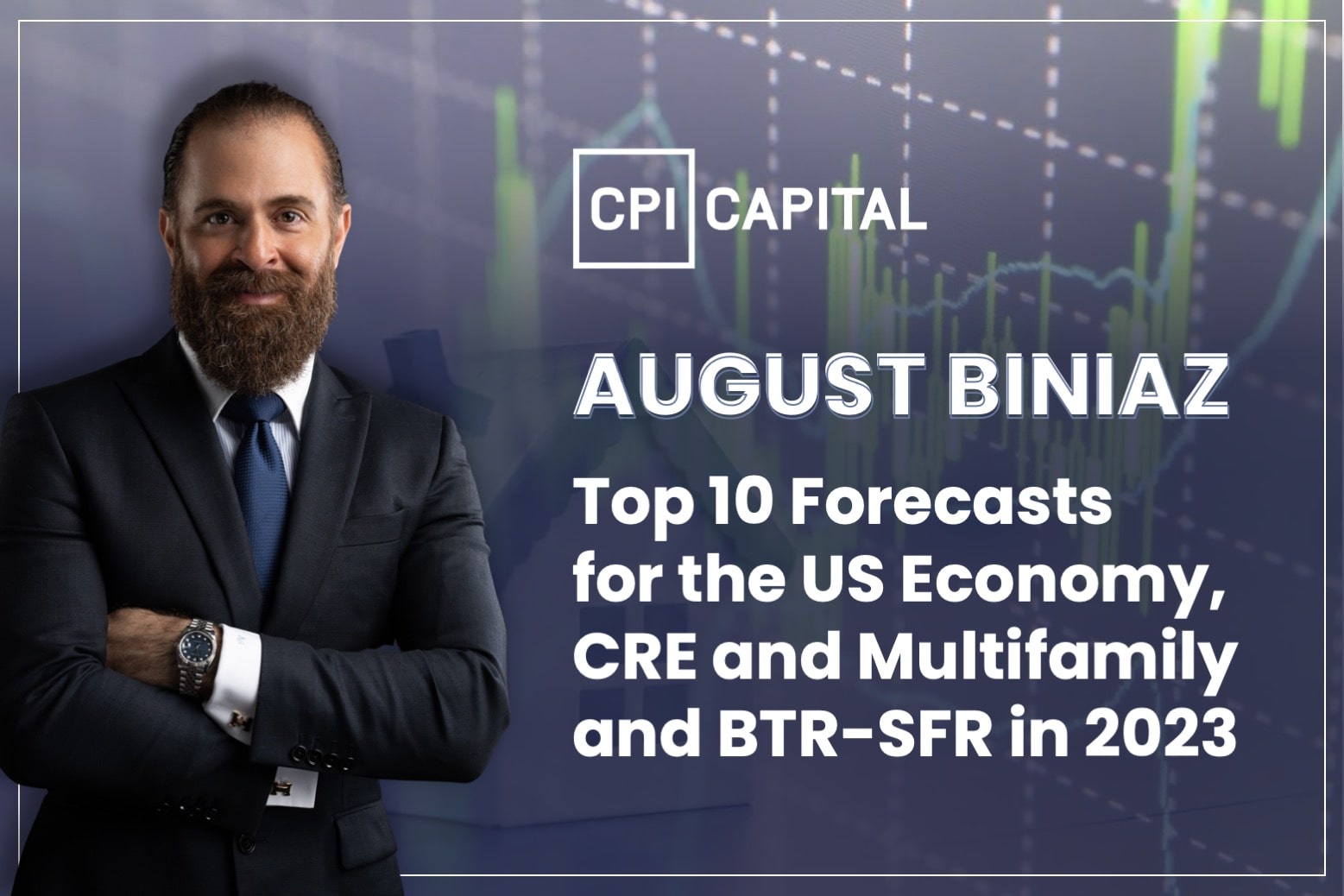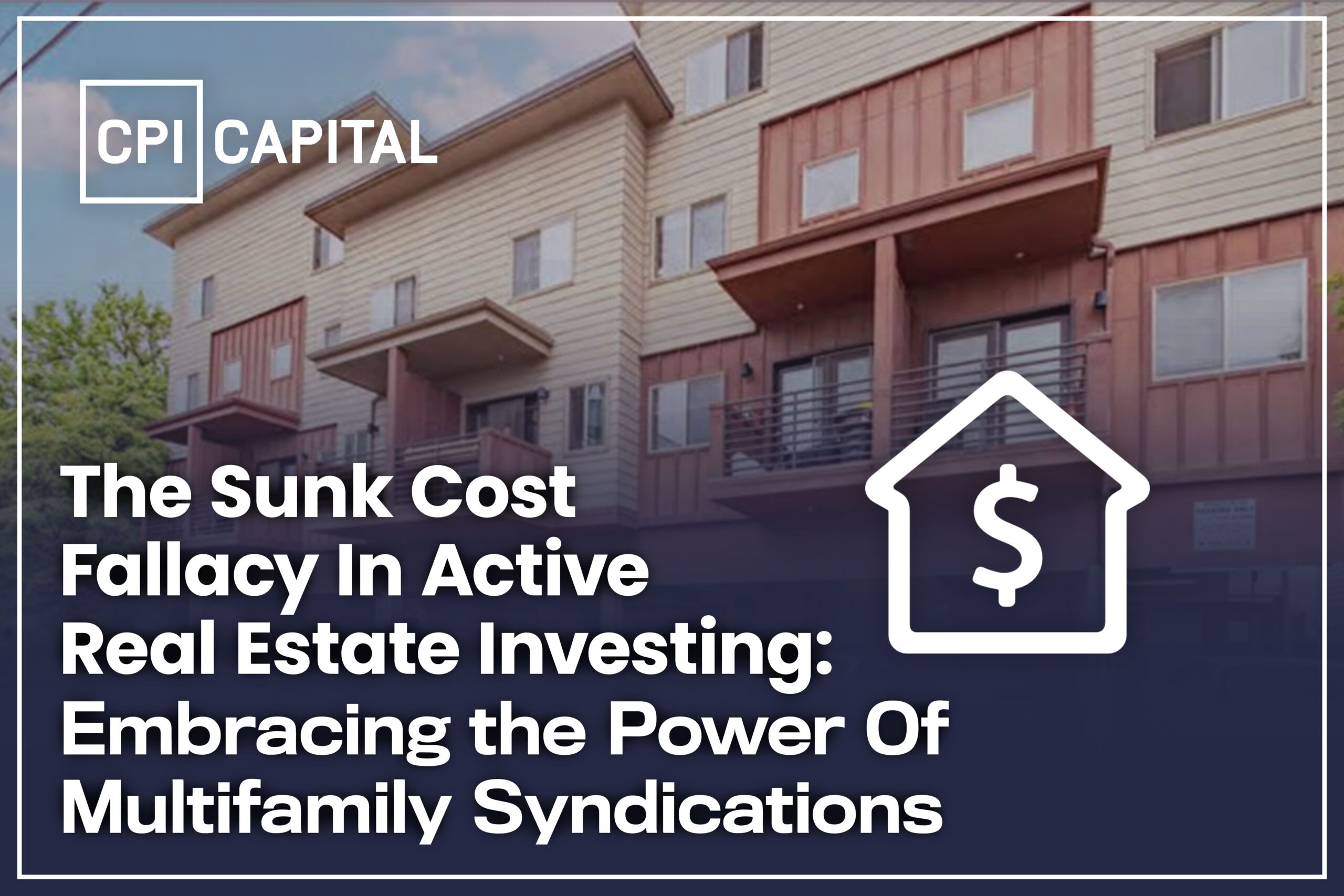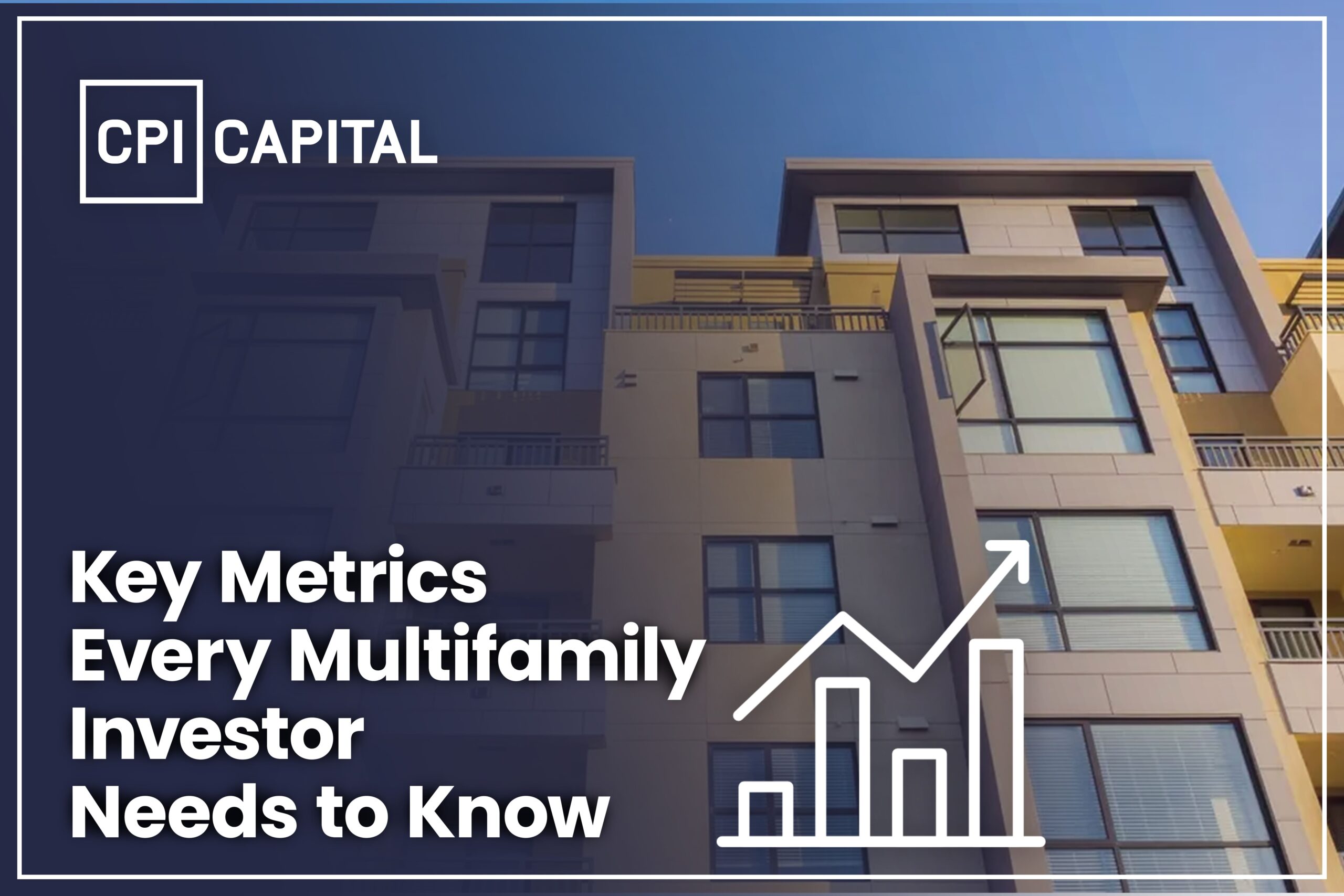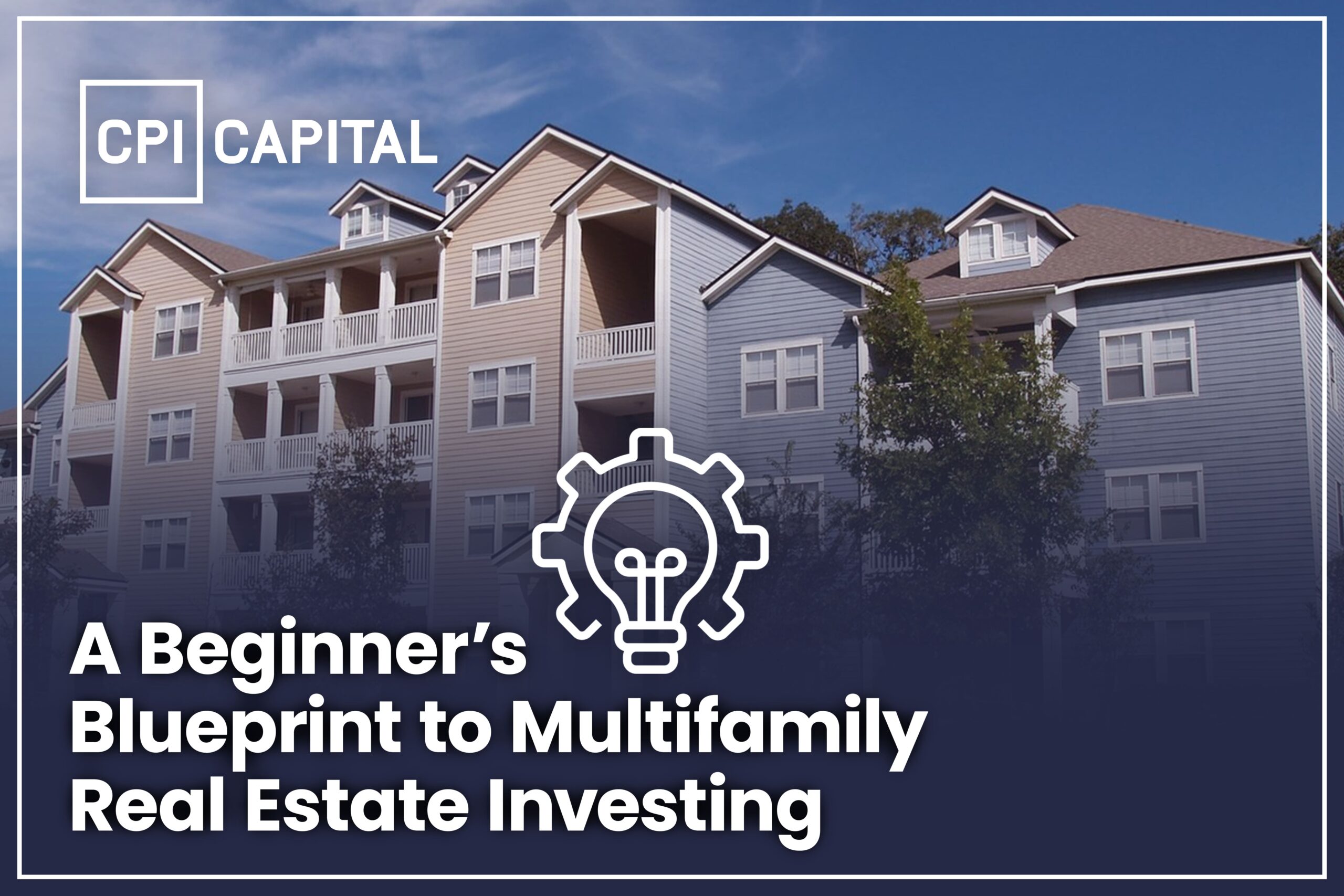
Dear valued investors and future investors,
CPI Capital’s news briefing this week takes a look at what might be in store for the US economy, CRE and multifamily and BTR-SFR as we head into 2023.
Our weekly briefing contains a mixture of updates, commentary and informative related articles about the lucrative world of passive real estate investment and, if you are already one of our subscribers, thank you. If you are not, why not sign up to our newsletter now and keep right up to date with all you need to know about syndicated real estate investment?
2022 was a very interesting year for the US economy, CRE and multifamily and BTR-SFR, but what about 2023? What do we see ahead for the real estate market and what should our passive investors be looking out for?
2023: A Challenging Year Ahead
Several major trends are likely to be to the fore in the coming year. After you read about our forecasts, if you have any questions about how your specific real estate strategy may be impacted, please feel free to contact us.
Here are our 9 key forecasts for 2023
Broadly speaking, relatively high interest rates and an imminent recession will mean that 2023 will be a challenging year for commercial real estate (CRE). Amongst other things, we expect the following to happen:
1. It’s probable we’ll see a recession in 2023
Yes, we believe that there will probably be a recession in 2023, although this one will be quite different from the one experienced when the pandemic brought the global economy to a halt. We expect a recession to occur no later than October 2023 which allows us plenty of time to continue with preparations for such an event and take appropriate steps to mitigate any impact on our investments.
We don’t expect any recession to be particularly deep, but weakening fundamentals and higher cost of capital will probably lower asset values in certain CRE sectors. However, as we all know, there are several different types of recession, and we believe that any recession in 2023 will be shallow and not overly long.
Why do we believe any recession might be shallow? Well, corporate finances are, generally, strong and employers will endeavour to avoid excessive layoffs in order to avoid losing employees in what remains a tight labour market. Furthermore, average household debt is low compared with the onset of previous recessions. These factors combined suggest that any downturn will be moderate with unemployment unlikely to go above 6%.
In any event, we fully expect that the multifamily and BTR-SFR sectors will be relatively insulated from any economic downturn as, amongst other things, renters still need places to rent and some buyers may decide to become renters due to higher interest rates! Indeed, we may even see growth in rentals and capital values in certain real estate markets.
2. The rate of inflation will fall
Even though inflation eased in late 2022, it was still running at more than 7%. Accordingly, the Fed will likely continue raising rates until it sees a significant reduction in inflation, closer to its 2% target.
On balance, the impact of higher interest rates and reduced consumption mean that inflation is likely to be significantly lower by the second half 2023, allowing interest rates to fall and the, subsequent, beginning of a new growth cycle which will last into the next decade.
Some forecast that one key measure of inflation — the core price consumption expenditures index (core PCE and different from headline inflation as it excludes food and energy prices, which tend to swing more dramatically than other prices) could drop from 5.1% to 2.9% by the end of 2023.
3. Interest rates will start to decline by Q4 2023
A selection of housing experts believe that mortgage rates have already possibly reached their peak in this cycle. This is due to recent encouraging news around inflation and a related drop in the US Treasury yields that help set mortgage rates. A sustained drop could, optimistically, ease mortgage rates into the 5-6% range (or maybe another +1% higher) late in the second quarter or second half of 2023,
At present, rates for home loans are caught between high inflation and the Federal Reserve’s intent to restrain inflation, which have pushed rates higher. Since March the Federal Reserve (Fed) has raised its benchmark interest rate seven times with rates likely to experience some further upward pressure at least until inflation is moderated.
Once the Fed ends its rate increases, mortgage rates can begin to come back down, albeit more slowly than they went up.
4. GDP will drop in 2023
In December, the full year forecast for US GDP in 2022 was for growth of 0.4%, up from no growth forecast in November. However, we expect to see a downturn in GDP from Q1 2023, lasting for two or three quarters, although GDP growth is expected to be only marginally negative by Q3 2023 (-0.5%). The full year forecast for 2024 has been revised upwards by many to 2.2%, up 0.2%.
Passive investors: do you know how to vet a real estate investment group before making an investment?
Download and read our FREE e-book: 25 Fundamental questions to ask a Syndication Sponsor before making your investment
Weaker activity in residential investment is expected to persist in 2023 amidst a higher interest rate environment. Such investment represents about 5% of annual GDP and may be down by 10-12% in 2023 after contracting by about 10% in 2022.
5. The labour market will weaken
The largest remaining imbalance is in the labour market, where demand continues to outpace supply, ie increased numbers of job openings (10.7 million in September), an increasing “quit rate” of 2.9% and strong wage growth of 5-6%, well above longer-term averages.
It’s noticeable that many companies are more reluctant than normal to lay off staff in a weaker economic backdrop but a broad slowing of demand in 2023 will, ultimately, moderate demand for workers and reduce hiring activity. This may mean that the US economy loses around 1 million jobs and causes the unemployment rate to move from 3.6% at the end of 3Q to 4.3% by the end of 2023.
On the labour supply side, although it is unlikely that many older workers who retired early during the pandemic will re-enter the workforce, there is growth in the foreign-born workforce. Furthermore, the ending of student loan payment deferrals in January 2023 may encourage younger workers to re-enter the workforce.
6. Capitalisation (Cap) rates are expected to increase
As the Fed increases short-term interest rates, cap rates for CRE transactions will continue to rise in view of the increase in short-term interest rates. The average cap rate for all property sectors is likely to rise to 7.0%+, up by some 1-2% from around 5.5% currently.
Borrowing costs have increased by 250 basis points over an approximate 12 month period, creating negative leverage in many cases, leading to a need for some investors to sell.
If borrowing costs decrease, cap rates may not need to move. Alternatively, cap rates could increase and overtake borrowing costs but this is also unlikely given the probable absence of rental growth.
7. Distressed assets will provide acquisition opportunities for savvy investors
In 2021, low interest rates and other factors encouraged strong demand for value-add and newbuild multifamily and BTR-SFR properties. Some were acquired at double-digit percentages over replacement costs, with many buyers having strong positive leverage.
However, higher interest rates and a slowing economy will cause a major increase in defaults and foreclosures in the CRE space. This will probably be from the second half of 2023 given that many properties are overleveraged and the slowing economy will see substantial vacancy rates increases.
8. Domestic migration will continue to the various sunbelt states
The low-tax, high-growth sunbelt states such as Florida, Arizona, Georgia, Texas, North Carolina or Nevada, will see much greater CRE investment than the high-cost, high-tax states. Overall, investors and lenders see lower risks and are more comfortable investing and lending in these locations.
9. The Build to Rent-Single Family Residence (BTR-SFR) sector will continue to perform well
The build-for-rent segment is very likely to outperform as demographics shift and higher interest rates keep prospective buyers from being homeowners.
BTR-SFR housing offering low-density single-family or townhouse-style rental communities will continue to build huge momentum. More work-from-home people, younger families with children and older empty nesters are just some of the demographics seeking rental housing with several bedrooms, larger floor plans and gardens/yards in the BTR-SFR space.
The number of BTR-SFR units being built this year increased 106% compared with a 36% increase in 2021. The pace of starts is expected to increase to 180,000 units by 2025—but still probably not enough to meet rising demand.
10. Building permit numbers are likely to continue to decline
New home construction numbers continued to decline in November and issued building permits dropped dramatically amidst higher borrowing costs and widespread inflation–both severely affecting housing affordability and demand for purchases.
The continued slide in new construction clearly illustrates how the 2022 increases in mortgage rates have subdued buyer demand and affected the broader housing market. In addition higher costs of labour and construction materials have made developments more challenging for builders to preserve margins.
Residential starts decreased 0.5% in November to a 1.43 million annualised rate, and single-family homebuilding dropped to an annualised 828,000, the lowest since May 2020.
Applications to build decreased 11.2% to an annualised 1.34 million units and permits for construction of one-family homes fell 7.1%, again the weakest since 2020.
Multifamily starts increased, whilst permits for new construction declined to a more than one-year low.
CPI Capital, obviously, doesn’t have a crystal ball, but our forecasts are based on years of real estate investment experience, and having been through property cycles and economic downturns before.
CPI Capital remains confident about the medium and long-term outlook for the multifamily and BTR-SFR sectors and believes that our passive investors should be too!
Happy, challenging new year!
Yours sincerely,
August Biniaz
COO, Co-Founder CPI Capital

Ready to build true wealth for your family?
It all starts with passive income. Apply to join the CPI Capital Investor Club.
Search
Recommended

The Sunk Cost Fallacy In Active Real Estate Investing: Embracing The Power of Multifamily Syndications
Dear valued existing investors and future investors, Welcome to this week's CPI Capital's news...

Key Metrics Every Multifamily Investor Needs to Know
Dear valued existing investors and future investors, Welcome once again to this week’s CPI...

A Beginner’s Blueprint to Multifamily Real Estate Investing
Dear valued existing investors and future investors, Welcome once again to this week’s CPI...


